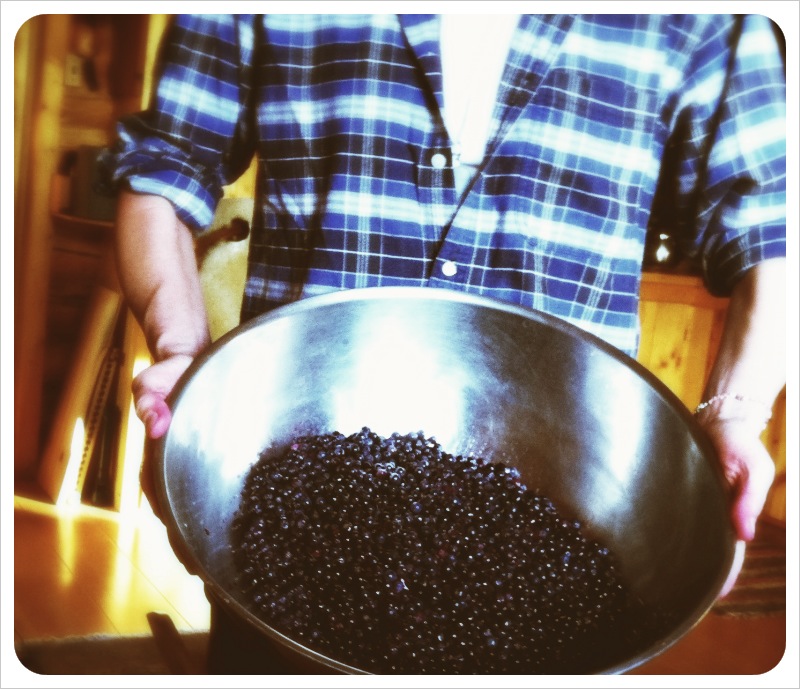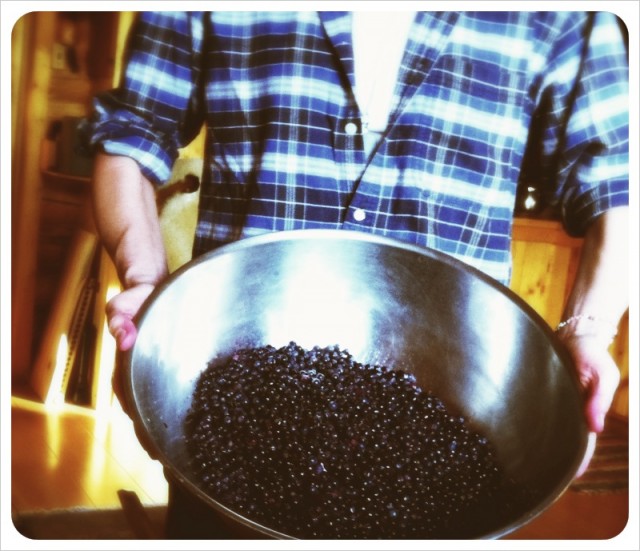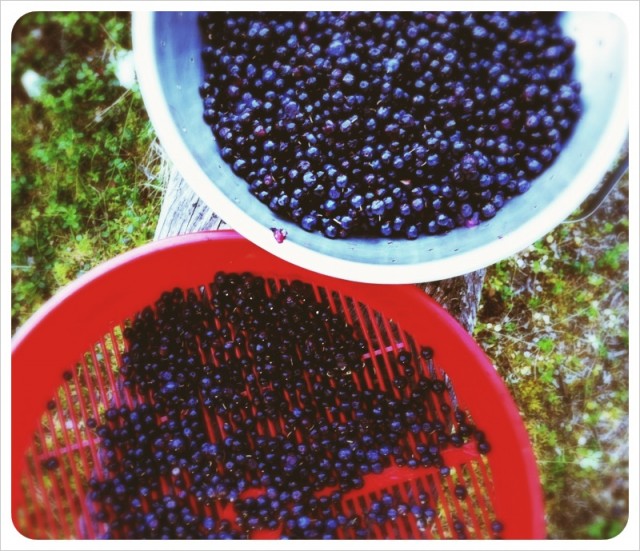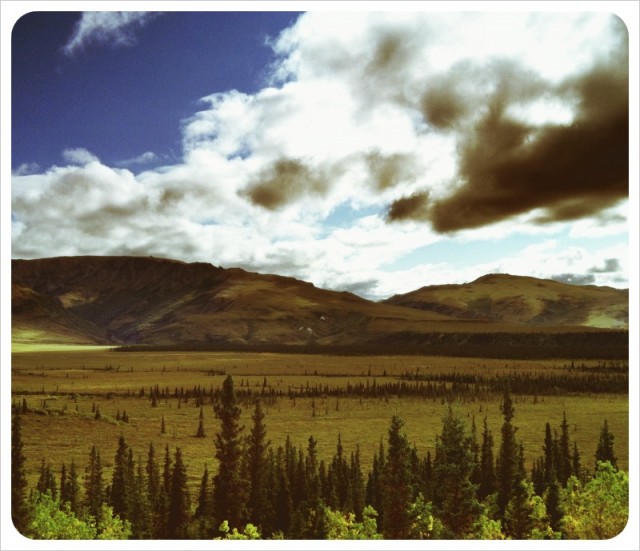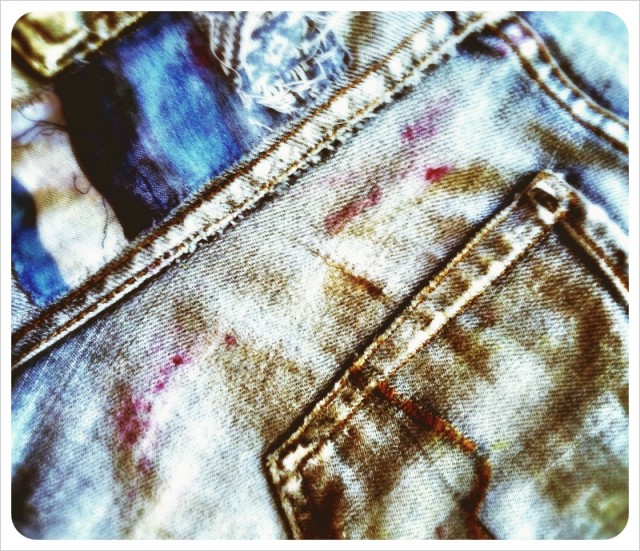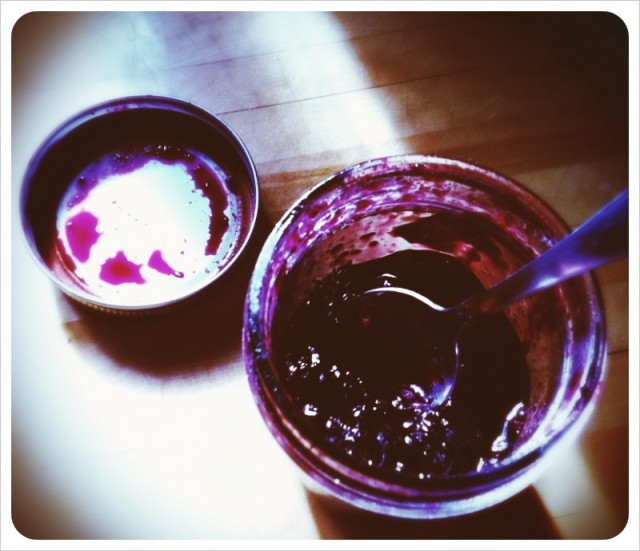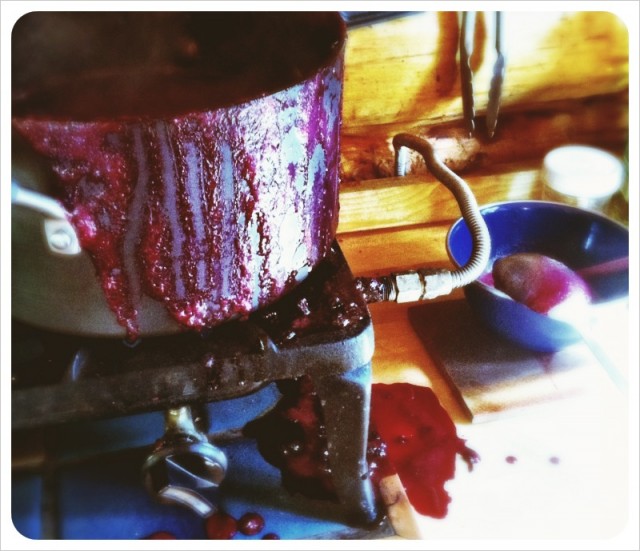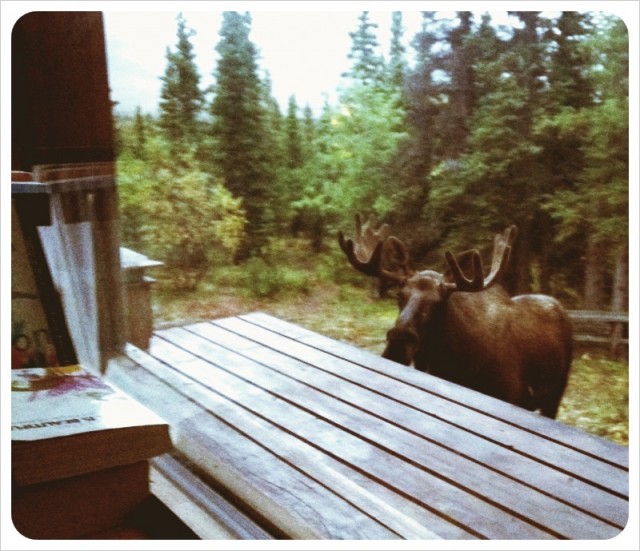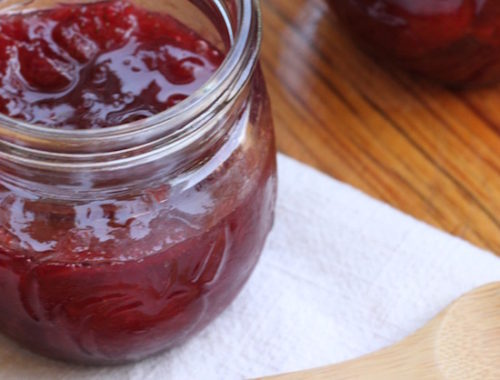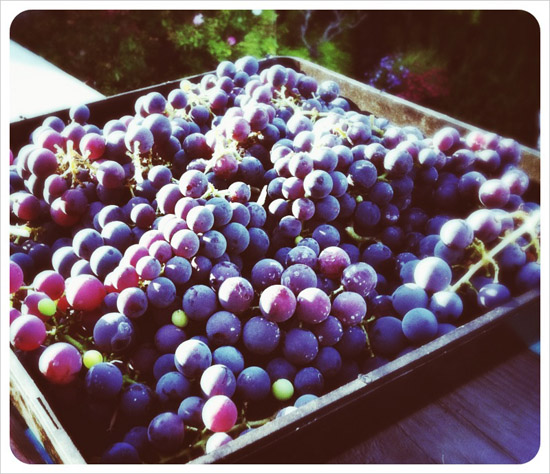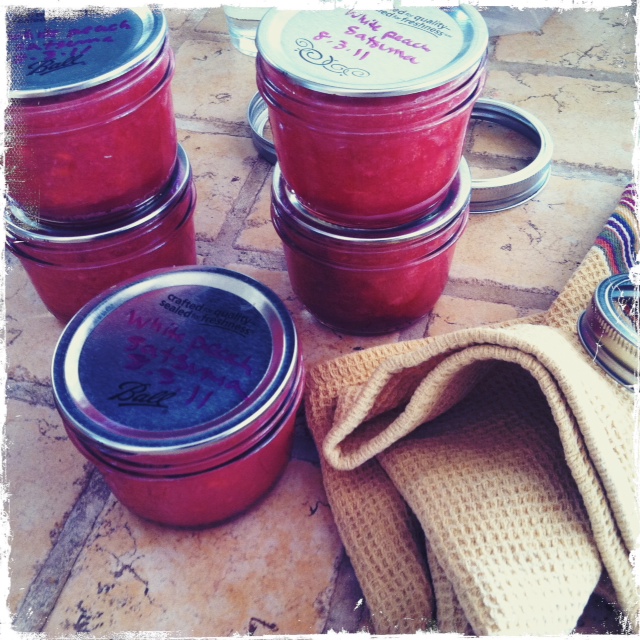There are some foodie words I can’t say with a straight face. “Foodie” is one of them. Terroir is another. Honestly, I can’t even pronounce it well. (Follow this link and mouse over the word to hear it.) Partly, I feel like a kid at the dinner table, trying out a grown-up word that I overheard somewhere. Then again, as an adult, I kinda want to bang my head on said table because sometimes we take what we think we know about food so very seriously, and part of me stands back laughing. (At myself, too — please understand.)
In case “terroir” hasn’t yet become trendy where you live, Easy Food & Wine defines it as “the expression of a unique parcel of land or region through an agricultural, artisanal product, such as wine.” (In its native French, the word most literally means “soil.”) “Terroir” is now used to describe the characteristics of everything from coffee and fruit to meat and cheese.
So I had this moment where I was sitting out in the woods, trying to get a handle on what makes these wild blueberries so unique and I thought: Oh, crap, it’s the terroir. I can’t totally laugh off a word that turns out to be useful. It allows you to say in one go what would otherwise take a sentence or two — but that still doesn’t mean I’m going to be able to use it in actual conversation. I’ll have to try to say something about the berries in words that come more naturally to me.
These “bog blueberries” grow at the southwestern corner of our land in the Alaskan Interior, just where the spruce forest opens up to the taiga. For some reason, this small patch of ground produces more and better berries than any other place we’ve found in our stumbling searches across acres of seemingly similar terrain. (When I say similar, I mean in part that you can easily fall down, get boggy wet, become mildly to severely entangled in dwarf trees, feed mosquitoes a steady diet of your own blood, keep watch for grizzlies and moose, and rest from these adventures on beds of unearthly green and spongy moss while gazing up at the vast and ever-shifting sky.) We’re not sure why this particular forested nook is different from the places that surround it, but it surely is. Across the taiga, there are berries that are much bigger, but puckery sour. Fringing the western border of our land, we find a density of healthy bushes that never produce berries at all. This is a sweet spot, where the bushes are productive and the berries are just right.
Last year I made jam from our berries and carried a few jars back to California. I gave one to a friend who is a true blueberry fan, and she asked what else I had put in there. This was all: wild blueberries, sugar, and a little bit of lemon and lime juice. (Perhaps, inadvertently, some bog silt, too.) They just aren’t like “normal” blueberries. (And in fact, they’re not exactly blueberries at all. They’re a type of “bilberry,” a close cousin to the blues.) They taste like blueberries, but at the same time they are dark, mossy, and spruce-fed. They are acidic, rich, and in every way intense. They are also off the chart when it comes to brain boosting antioxidants.
One thing I quickly learned is that a jam made from bog blueberries wants more sugar than a jam made from fat, farm-grown blues. This year I also added a small splash of something with similarly intense characteristics: highland Scotch whiskey. I was thinking “peaty,” but of course the makers of McClelland’s have more to say:
“A land of rugged mountains, lakes and fast-flowing rivers, forests and castles. Home of the clans and full of romance and story. The malts made here capture the spirit of the place — wild flowers, the scents of moorland, fresh heather, and the sappy flavors of pine forests.” (This is followed by the surgeon general’s warning, lest you be too carried away by all of that.)
Anyway, in this jam, you get the whiskey taste only at the very first, and only a little, then it melts into the deep purple, almost subterranean, flavors of the wild blueberries. Now that I’m home from Alaska and missing it, I can taste the jam and again be on my knees picking berries on a long, quiet day after rain, with the wide blue sky and scudding clouds vaulting overhead.
Oh, damn. It’s the terroir, you see? Everything we eat has a place and a story, if we listen for it.
Wild Alaskan Blueberry Jam With Whiskey
3 1/2 pounds wild blueberries
2 1/2 pounds sugar
2 ounces lemon juice
1 ounce lime juice
1 1/2 tablespoons good Scotch whiskey
Rinse the blueberries and remove as many of the tiny stems as you can manage. Removing the stems is a chore! It doesn’t really matter if you don’t get them all. I’m thinking of them as extra fiber or a slightly woody herb.
In a large bowl, combine the blueberries, sugar, lemon juice, and lime juice, cover, and let sit overnight in a cool place. The fridge is fine. We don’t have a refrigerator in Alaska, so these went into a hole in the ground that we use as the next best thing.
The next day, put the berry mixture into a large pot and bring to a boil. I’m serious about the large pot. I don’t have a good jam pan at the cabin (that will change next year) so I cooked this batch in an 8-quart pot and, because of the increased sugar content, created the mother of all boilovers on our little propane stove. More sugar equals more foamy . . .
Cook the mixture until it reaches the setting point, stirring occasionally and skimming foam as needed. My batch cooked in 20-25 minutes. I could tell it was done because I started to get a bit of wrinkling in the fine coating of jam on my stirring spoon after I pulled it away from the heat and let it sit for a moment, then pushed at it with my finger. Again, we’ve got no refrigeration, so no freezer test. If you’ve got a freezer, I recommend that method for determining whether your jam is done. It’s described in almost all my posts about making jam, including last month’s blackberry strawberry jam.
When the jam is ready, skim any remaining foam and stir in the whiskey. Then pour or ladle the hot jam into sterilized jars, leaving 1/4-inch headspace. Wipe rims, add lids, and process 5 minutes in a hot water bath canner, adjusting for altitude as necessary. (We are at about 2,200 feet, so I process for 7 minutes.)
Makes about 8 half-pint jars

